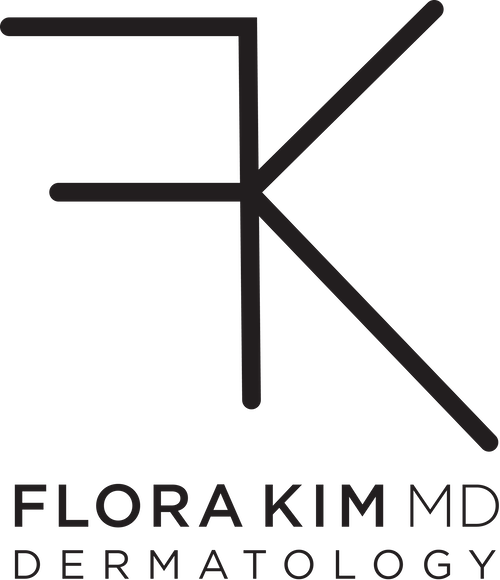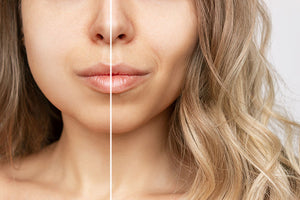What is the Skin Microbiome? (And Why You Should Know)

By now, you are probably familiar with each pore, fine line, or sunspot on your face and body. But are you familiar with the billions of microorganisms living on your skin’s surface? These microorganisms are part of your skin microbiome, a living layer of protection on your skin that’s totally invisible to the naked eye.
The ABCs of the Skin Microbiome
The surface of your skin is home to billions of microorganisms, also known as skin flora. Skin flora typically include friendly non-pathogenic bacteria. Though they might sound scary, skin flora are simply part of an invisible eco-system that keeps your skin healthy and in good condition. We refer to the collection of skin flora as the skin microbiome.
The primary role of the skin microbiome is to protect you from foreign organisms or toxic substances in the world around you. Your skin microbiome varies from each part of your body. For instance, areas of your body that produce larger quantities of oil, like your face, chest, and back, will have a slightly different microbiome than areas like your arms and legs.
The most interesting aspect of the skin microbiome is that it is unique to each individual, just like a fingerprint. Though most people share similar skin flora, your personal skin microbiome is influenced by factors that are specific to you, such as genetics, where you live, and your lifestyle and diet.
Why the Microbiome is Vital for Your Skin's Health
Your skin is the largest organ in your entire body and your skin microbiome is essential to its health. For one, the microbiome protects your skin barrier by maintaining a healthy pH level and warding off harmful germs and toxins. Secondly, the microbiome also produces skin nutrients and essential lipids that help keep your skin’s surface feeling smooth and supple.
For example, the skin microbiome utilizes the resources readily available on your skin’s surface, like sweat and sebum, to produce additional fatty acids and lipids that are vital for your skin’s homeostasis. In a nutshell, we all need a healthy skin microbiome, and must respect our skin microbiome as part of our overall strategy to have the most beautiful, healthy skin.
What You Can Do to Build a Healthy Skin Microbiome
Healthy skin starts from within. To build and maintain a healthy skin microbiome, stick to a healthy diet filled with prebiotics, like oats, legumes, and leeks. Foods containing probiotics, like yogurt, kefir or kimchi, also help stimulate healthy skin microorganisms.
For skincare, opt for gentle products that protect the skin’s pH. Limit your use of anti-bacterial skincare products, which can reduce the amount of healthy bacteria in the skin microbiome, and refrain from over washing your face. Products that can help maintain the skin’s natural oils, like prebiotic- and probiotic-rich products, can help support the microbiome. You will see more and more of these skin microbiome enhancing products in the near future.
Give Your Skin Microbiome What it Needs to Thrive
Learning that there’s an entire colony of bacteria camped out on your skin’s surface can be a lot to process. For customized advice on how to care for your skin’s unique microbiome, and a deeper understanding of its importance, book a virtual consultation with me today.
Support Your Skin's Microbiome
Ultra-rich cleansing bar helps maintain healthy balance without disrupting skin's natural microbiome, an ecosystem of living microorganisms on the protective layer of the skin.
Xera Ultra-Rich Cleansing Bar
The microbiome is the top layer of the skin filled with microorganisms like bacteria, yeast, and skin flora – their job is to defend against bad bacteria. The microbiome environment can easily be influenced by temperature, hormones, UV exposure, and even skin care. Soothes and calms dry, itchy, eczema-prone skin.




